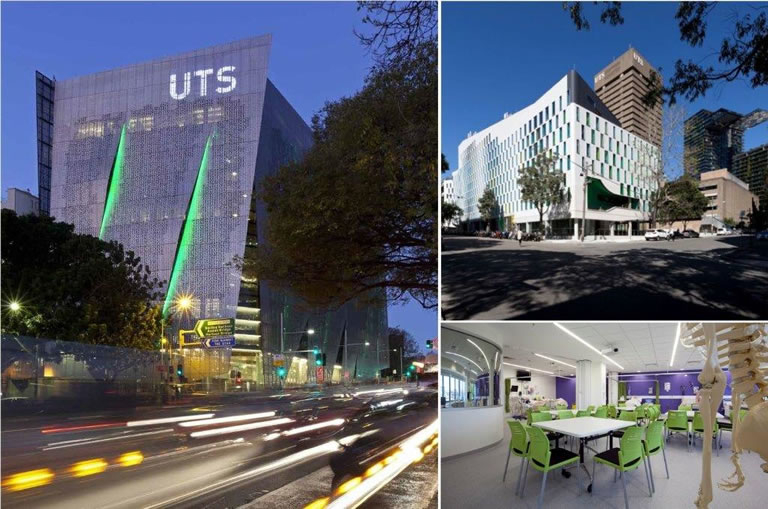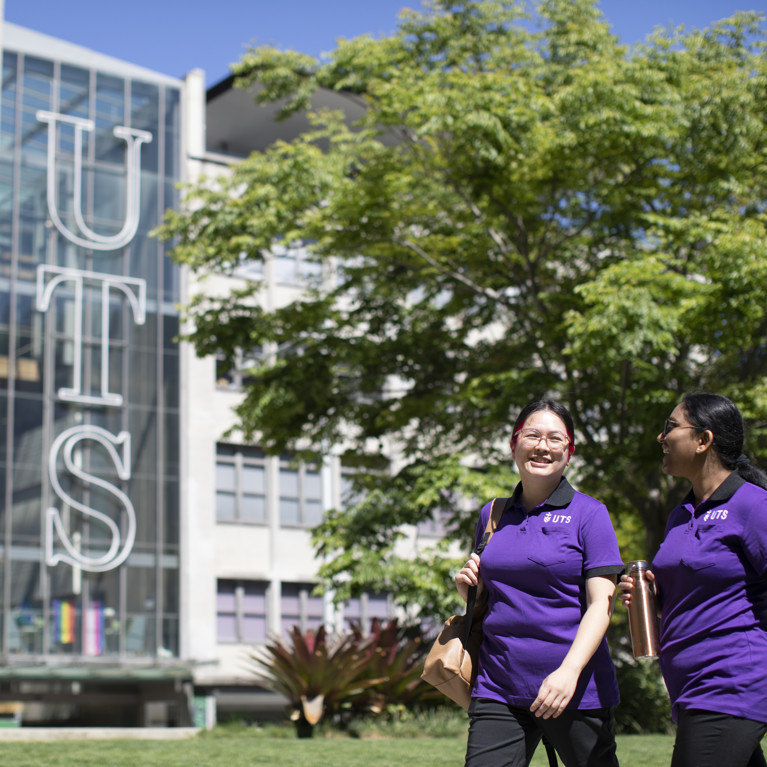The Clinical Practice Unit
The Clinical Practice Unit (CPU) coordinates clinical placements for Nursing and Midwifery students.
This includes, but is not limited to, managing placement allocations and supporting students in meeting clinical compliance requirements within the timelines stipulated.
Further clinical placement information can be found via MyPlacement.
Contact us
Location: CB10.06.120
Hours: Weekdays 8am to 3:30pm (excluding public holidays)
Phone: (02) 9514 5122
Email: Health.Clinical.Practice@uts.edu.au
Please ensure that all enquiries are submitted via your UTS student email, with your discipline, cohort year, name and student ID number clearly stated in the subject line. E.g., ‘Nursing 1, Jane Doe, 12345678’ or ‘Midwifery 1, Jane Doe, 12345678’
Clinical Compliance
Students are required to begin fulfilling their mandatory NSW Health and UTS compliance requirements upon receiving their course offer. This process can take up to five months to complete, so it’s important to start early to ensure you meet the annual deadlines.
Details and deadlines are outlined in the UTS Nursing and Midwifery Clinical Compliance Guide available under the ‘Faculty Documents’ in MyPlacement.
UTS Health Service offers appointments to students and are more familiar with the vaccination requirements for Nursing and Midwifery students.

UTS: MyPlacement
The MyPlacement portal helps organise student placements needed for specific degrees.


